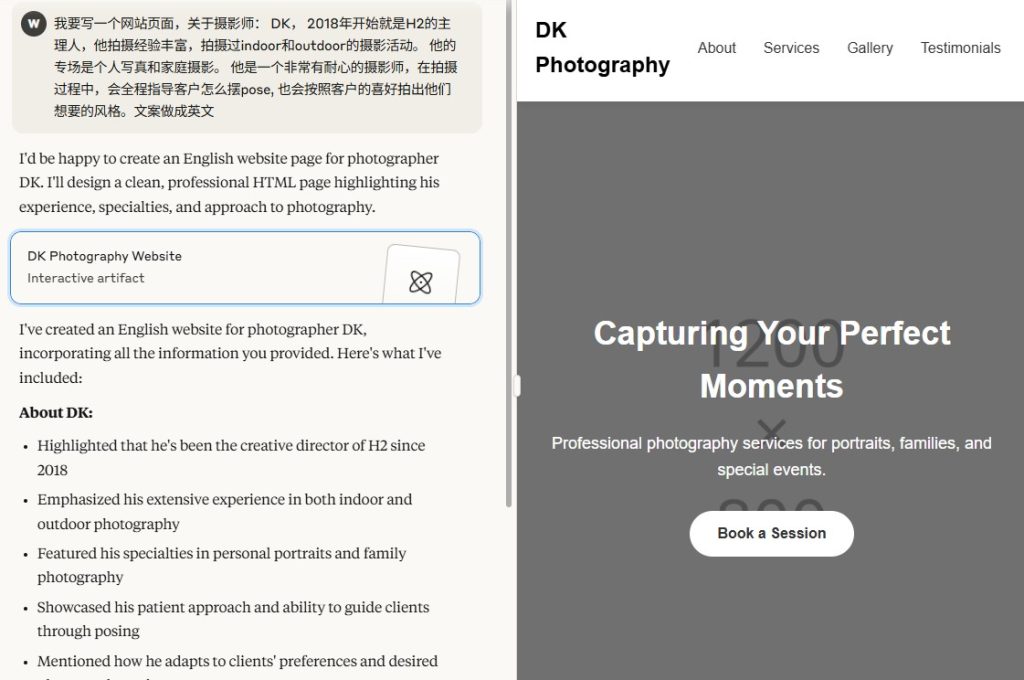In the ever-evolving landscape of search engine optimization (SEO), staying abreast of the latest trends and updates is paramount for maintaining a competitive edge. One such development that has garnered significant attention in recent times is Google’s emphasis on Core Web Vitals as a ranking factor. These metrics, introduced by Google in May 2020, measure the user experience aspects of web performance and have since become a crucial consideration for website owners and SEO professionals alike.
What are Core Web Vitals?
Before delving into their impact on SEO rankings in Singapore, let’s briefly outline what Core Web Vitals entail. Google identifies three key metrics that constitute Core Web Vitals:
- Largest Contentful Paint (LCP): This metric gauges the loading performance of a web page. Specifically, it measures the time taken for the largest content element, such as an image or a block of text, to become visible to the user.
- First Input Delay (FID): FID quantifies the responsiveness of a web page by assessing the time it takes for the page to become interactive. It measures the delay between a user’s first interaction, such as clicking a link or tapping a button, and the browser’s response to that action.
- Cumulative Layout Shift (CLS): CLS evaluates the visual stability of a web page. It measures the extent to which page content shifts during the loading process, which can lead to a frustrating user experience, particularly on mobile devices.
The Significance of Core Web Vitals for SEO
Google’s focus on Core Web Vitals underscores its commitment to prioritizing user experience in search rankings. Historically, factors such as SEO-friendly content and backlinks have dominated the SEO landscape. However, the increasing importance placed on Core Web Vitals signals a paradigm shift towards a more user-centric approach.
Here are several ways in which Core Web Vitals impact SEO rankings:
Improved User Experience:
Websites that prioritize Core Web Vitals tend to offer a better overall user experience. Pages that load quickly, respond promptly to user interactions, and maintain visual stability are more likely to engage visitors and keep them on the site longer. Consequently, Google rewards such sites with higher rankings in search results.
Mobile-Friendly Optimization:
With the proliferation of mobile devices, Google has placed a greater emphasis on mobile-friendliness as a ranking factor. Core Web Vitals, particularly metrics like CLS, address the unique challenges of mobile browsing by encouraging web developers to design responsive, visually stable pages that cater to mobile users’ needs.
Competitive Advantage:
By prioritizing Core Web Vitals, website owners can gain a competitive edge in search rankings. As Google continues to refine its algorithms to favor sites that deliver exceptional user experiences, businesses that invest in optimizing their Core Web Vitals stand to outperform competitors in search results.
Reduced Bounce Rates:
Slow-loading pages and unresponsive interfaces can lead to higher bounce rates, as users are more likely to abandon a site that fails to meet their expectations. By optimizing Core Web Vitals, website owners can mitigate bounce rates and increase the likelihood of users exploring multiple pages, thereby signaling to search engines that their site is valuable and deserving of higher rankings.
Strategies for Optimizing Core Web Vitals
Given the significance of Core Web Vitals for SEO rankings, it’s imperative for website owners to prioritize optimization efforts. Here are some strategies to improve Core Web Vitals performance:
1. Optimize Page Loading Speed:
- Minimize Server Response Times: Reduce the time it takes for your server to respond to requests by optimizing server configurations, upgrading hardware if necessary, and minimizing the number of requests needed to load a page.
- Leverage Browser Caching: Instruct browsers to cache static resources such as images, CSS files, and JavaScript files, allowing them to be stored locally and retrieved more quickly on subsequent visits.
- Optimize Images and Page Elements: Compress images without sacrificing quality, utilize modern image formats such as WebP, and employ techniques like lazy loading to ensure that only visible images are loaded initially, with additional images loaded as the user scrolls.
2. Prioritize Critical Resources:
- Load Critical Resources First: Identify the essential resources needed to render the above-the-fold content of your webpage and ensure they are loaded first to minimize the time to meaningful content.
- Utilize Lazy Loading: Defer the loading of non-essential resources, such as images, videos, and scripts that are not immediately visible on the screen, until they are required, reducing the initial load time.
3. Reduce JavaScript Execution Time:
- Eliminate Render-Blocking Scripts: Identify and remove or defer scripts that block the rendering of page content, especially those that are not necessary for the initial page load.
- Optimize JavaScript Code: Minify and concatenate JavaScript files, remove unnecessary code, and utilize asynchronous loading techniques to improve execution time and responsiveness.
4. Ensure Visual Stability:
- Reserve Space for Dynamic Content: Specify dimensions for images, videos, and other dynamic content to prevent layout shifts as they load, ensuring a smoother and more stable user experience.
- Avoid Elements Causing Layout Shifts: Be cautious when adding new elements to the page, ensuring they do not cause unexpected shifts in layout or disrupt the user’s interaction with the page.
5. Regular Monitoring and Testing:
- Use Tools for Continuous Monitoring: Utilize tools such as Google PageSpeed Insights, Lighthouse, and WebPageTest to regularly assess Core Web Vitals performance and identify areas for improvement.
- Conduct Periodic Testing: Perform thorough testing across different devices and network conditions to simulate real-world user experiences and track progress over time, adjusting optimization strategies as needed.
Conclusion
Core Web Vitals represent a fundamental shift in Google’s approach to evaluating and ranking websites. By prioritizing user experience metrics such as loading speed, interactivity, and visual stability, Google aims to provide users with the most relevant and engaging search results. For website owners and SEO professionals, optimizing Core Web Vitals is not just a means of improving search rankings but also a reflection of their commitment to delivering exceptional user experiences. As Google’s algorithms continue to evolve, staying ahead of the curve by embracing Core Web Vitals optimization will be essential for maintaining a competitive edge in the digital landscape.
In this dynamic environment, the expertise of a digital marketing consultant can be invaluable. A seasoned consultant possesses the knowledge and tools necessary to assess a website’s Core Web Vitals performance, identify areas for improvement, and implement effective optimization strategies. By collaborating with a consultant, website owners and SEO professionals can navigate the complexities of Core Web Vitals optimization with confidence, ensuring that their sites not only rank favorably in search results but also provide users with a seamless and satisfying browsing experience. As Google’s emphasis on user-centric metrics continues to grow, the guidance of a digital marketing consultant becomes increasingly indispensable for maintaining a strong online presence and maximizing business success.








